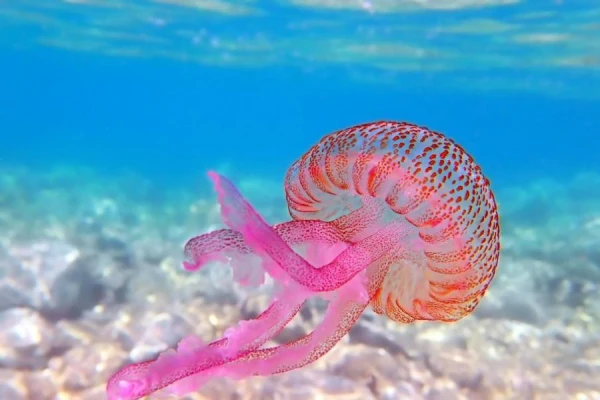
Water is essential for all living beings. But how do aquatic inhabitants, especially those living in salty waters, quench their thirst? Do fish even drink?
Fish do indeed drink, including seawater. However, different species have their unique “methods” for doing so. Bony fish that inhabit the ocean, such as cod, herring, and tuna, have several ways to intake water and filter it. These fish do not simply gulp water and pass it through their urinary system; they also push water through their skin and gills.
To understand how this occurs, it is important to consider that the salt concentration in the bodies of bony fish differs from that of their environment. The bodies of marine fish are less salty than the water they inhabit, while freshwater fish have a higher salt concentration compared to the surrounding water. Both marine and freshwater fish must regulate their water and salt levels to maintain health.
However, marine inhabitants find it more challenging to manage this due to osmosis. This phenomenon involves fluid moving from an area of low salt concentration to an area of high salt concentration, causing marine fish to constantly lose water and, consequently, to drink more. This creates a vicious cycle, as water leaves their bodies through their skin and gills into the ocean. Since they are continually losing water in this way, they need to drink a lot of seawater to avoid dehydration. Excess salt is expelled through urine and gills.
For freshwater fish, the situation is the opposite: water is “absorbed” into their bodies but does not exit. Therefore, they often urinate but drink very little.















Leave a comment